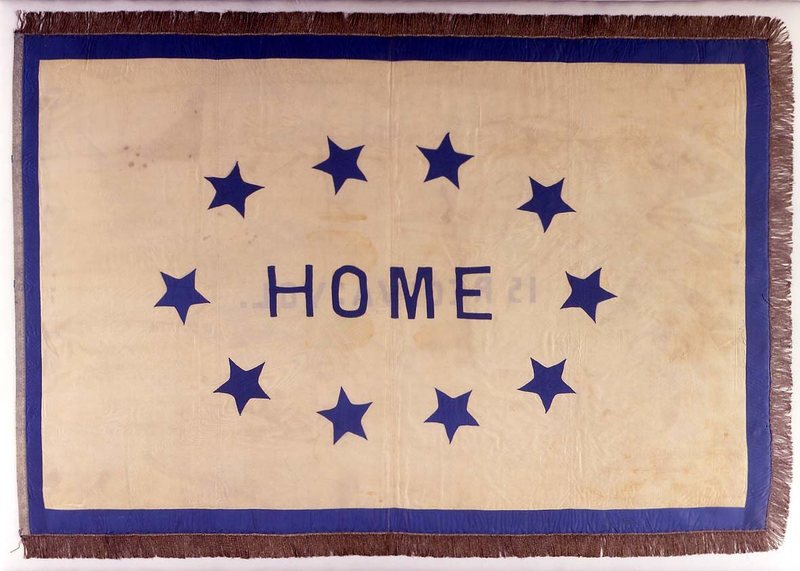
Last month Memphis, Tennessee, removed its last Confederate monuments, among them a memorial to Nathan Bedford Forrest, the first grand wizard of the Ku Klux Klan.
The city sold the land on which the statues stood to a nonprofit, which quickly transplanted them to a private location. More quietly now, states and cities are deciding on the fate of these monuments and, if they are moved, where they should end up.What should be done with objects like these? A minority of people believe Confederate monuments should be destroyed; a more popular option is to move such symbols to museums, where the history they represent might be remembered without being reified.
There are already examples of what this type of preservation looks like. In Richmond, Virginia, the American Civil War Museum, formed from the Museum of the Confederacy and the American Civil War Center, has a unique Civil War flag collection, made up predominantly of Confederate flags, still controversial symbols of the ideas the Confederacy stood for.

Stored carefully away, these flags are held as valuable pieces of history, with the idea that they should be preserved and remembered in a place that can share and display them within a context more educational than ideological. “These things are part of the fabric of history,” says Cathy Wright, a curator at the museum.
“Museums seem to be the safe place to explore these, and that is in fact where they belong.”In museums, these symbols might be remembered and forgotten at the same time. The American Civil War Museum’s collection includes many examples of one of the most enduring symbols of the Confederacy, the well-known “Southern Cross” battle flag, which in the 20th century was adopted as a symbol of opposition to the civil rights movement. The collection also includes dozens of other Confederate symbols and flags, now obscure to most Americans, that were designed by different commanders or women from soldiers’ hometowns.

Of the museum’s more than 820 Civil War flags and flag fragments, some are reproductions and post-war flags. But more than half come from the conflict itself, many captured by Union soldiers.
During the Civil War, flags acted as signals to soldiers—to retreat, advance, and veer in other directions. They had to be big and bold, and the men who carried the flags made easy targets, especially as they could not hoist a flag and wield a weapon at the same time. Capturing a flag was considered an act of valor, worthy of a Medal of Honor. To qualify for the medal, Union soldiers had to turn seized flags over to the War Department, which forwarded them to Washington, D.C.
“They were kept as trophies, but they weren’t that prominently displayed,” says Wright. “A lot of them have evidence of being severely moth-eaten or kept in…
The post The Museum That Keeps Now-Obscure Confederate Flags appeared first on FeedBox.